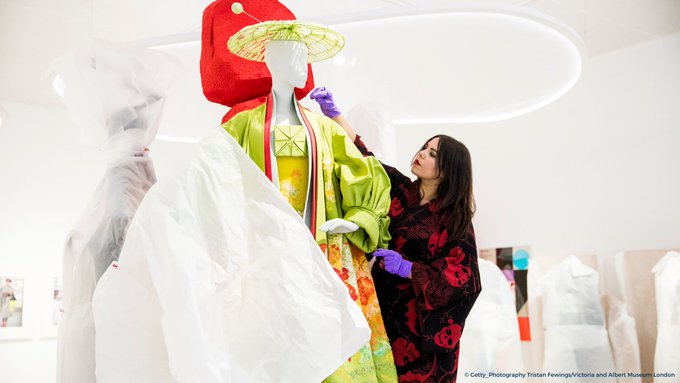On May 18th, Museums of the world are celebrating International Museum Day with free admission and other special activities.
The International Council of Museums (ICOM) established International Museum Day in 1977 to encourage public awareness of the role of museums in the development of society.
IMD was celebrated for the first time 40 years ago. All around the world, more and more museums participate in International Museum Day. Last year, more than 37,000 museums participated in the event in about 158 countries and territories.
Theme 2021:
With the theme “The Future of Museums: Recover and Reimagine”, International Museum Day 2021 invites museums, their professionals and communities to create, imagine and share new practices of (co-)creation of value, new business models for cultural institutions and innovative solutions for the social, economic and environmental challenges of the present.
As per ICOM, the COVID-19 crisis has affected the museum sector and while there will be long and short term impacts, it also serves as a catalyst to discover innovative solutions.
International Museum Day is also a fantastic opportunity for museum professionals to meet their public. At the heart of society, museums are institutions dedicated to its development.
Now is the time to power education by stepping up collaboration and international solidarity to place education and lifelong learning at the center of the recovery.
As the world continues to battle the pandemic, cultural education – as a fundamental right and a global public good – must be reimagined to help recovering from the generational catastrophe.
After so many months closed, museums - art and culture - could be an interesting aim to recover school education.
However COVID19 is forcing yet again 43% of museums worldwide to close their doors.
Faced with alarming and extended closures due to the COVID-19 pandemic, the world’s museums are of “fundamental importance” to reviving cultural life and preserving our shared heritage “in all its diversity”
UN cultural agency chief
Young people are coming more and more at museums. Teachers could be good guides to help young people to enjoy Museums live or virtual visits.
Their function in terms of social inclusion is also vital to help keep societies together, and they play a major role in the creative education.
The authors also draw attention to traditional educational activities that are hosted by museums, such as school visits, guided tours and workshops.
Don't forget as well virtual guided tours that some museums offer to teachers and students because many museums worldwide are forced to close their doors.
- Visit a museum with your students. Please read Uma Aula no Museu (Portuguese language) an interesting pedagogical project developing creative writing and artistic skills through Portuguese painter Paula Rego: cross-curricular Languages, Arts, History, IT;
- Include Museum events into your school curriculum. Invite your students to a weekend on art and culture;
- Choosing different paintings and chef-d'oeuvres, students get inspiration to write stories and draw some interesting works;
- Explore a virtual school exchange to develop during the cultural week;
- Explore virtual museum tours. Invite your students to spend some time enjoying Google Arts & Culture, Google Street Art; museums forced to be closed.
- Visit different exhibitions at international museums using apps: For example Musée des Arts et Métiers (Paris); Thyssen Museum (Madrid); Van Gogh Museum (Amsterdam); Art Legacy, bringing art to life; other;
- Another activity could be a #selfie at the Museum. During a visit to a Museum near your school, invite the students to snap selfies with an artefact of their choice.























